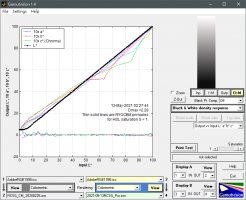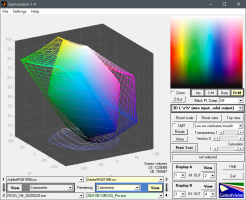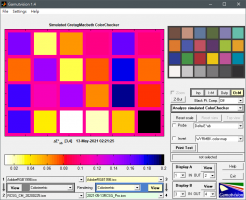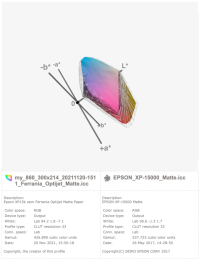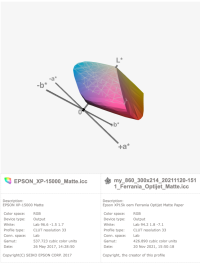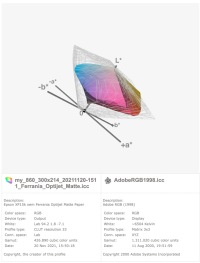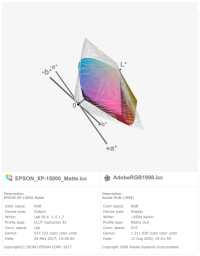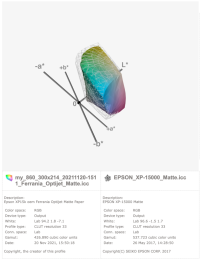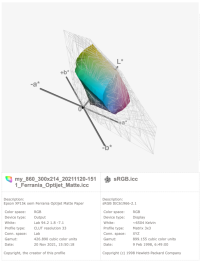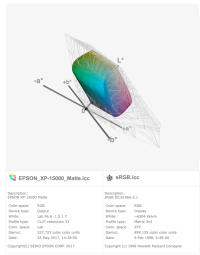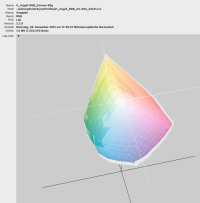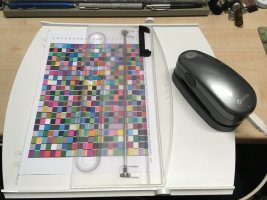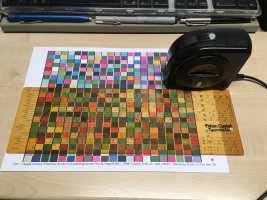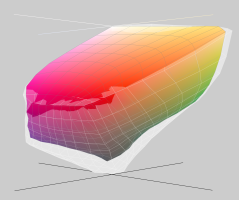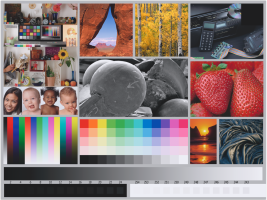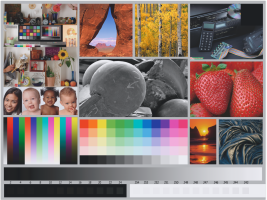barephone
Newbie to Printing
- Joined
- Apr 9, 2020
- Messages
- 4
- Reaction score
- 0
- Points
- 6
- Printer Model
- Epson L805
@pharmacist
Here are the results of my tests:
The 480 proved very easy and quick to read. I printed the .tif on my Pro9000 II, with a new printhead (the old one finally gave up the ghost) and 8 IS inks (Pro Platinum on Sihl).
I have attached some Gamutvision screens, which show excellent results, no dog leg in the B&W density and good linearity. Generous, smooth colour gamut and good simulated colour checker.
View attachment 1190 View attachment 1189 View attachment 1191
Hi Emulator
This screen shot is my test results.
I used 480 targen with CM,printed by Epson L805.
The photo paper is RCS Glossy Pro.
Compare your results is very close.
So in my test is successful right?
